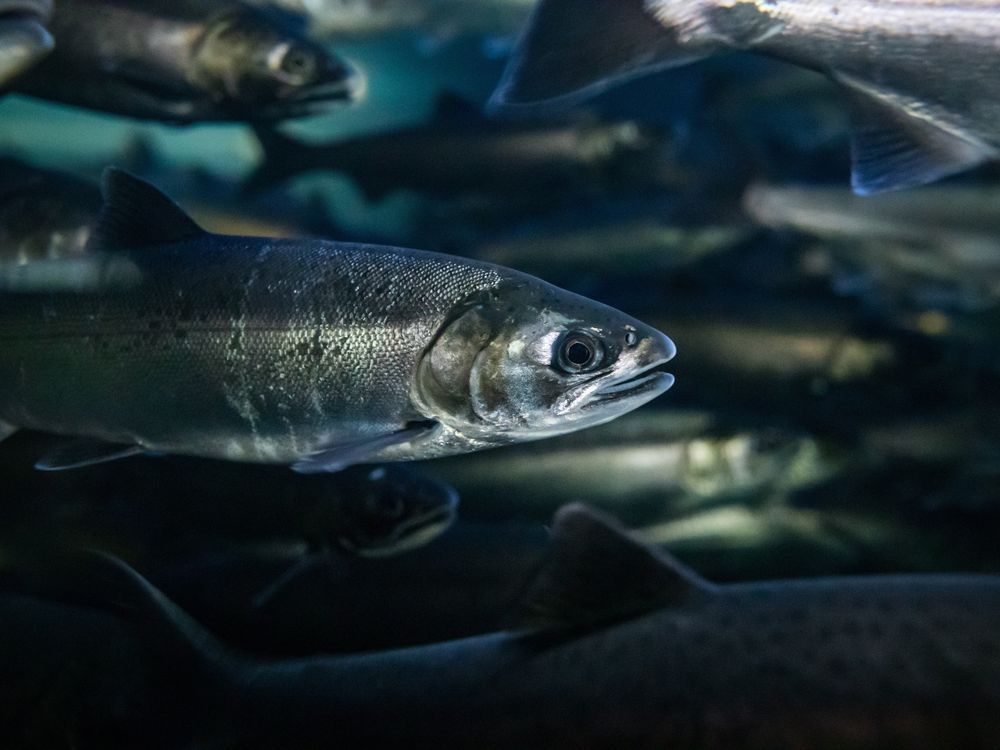Aquaholic
Crew Member
Anyone here involved with this, or can comment on the validity of it?

 vancouversun.com
vancouversun.com

Changing salmon hatchery release practices can improve survival rates: B.C. study
More than five billion juvenile salmon are released from hatcheries into the North Pacific Ocean each year, with about six per cent coming from B.C. and Yukon.


